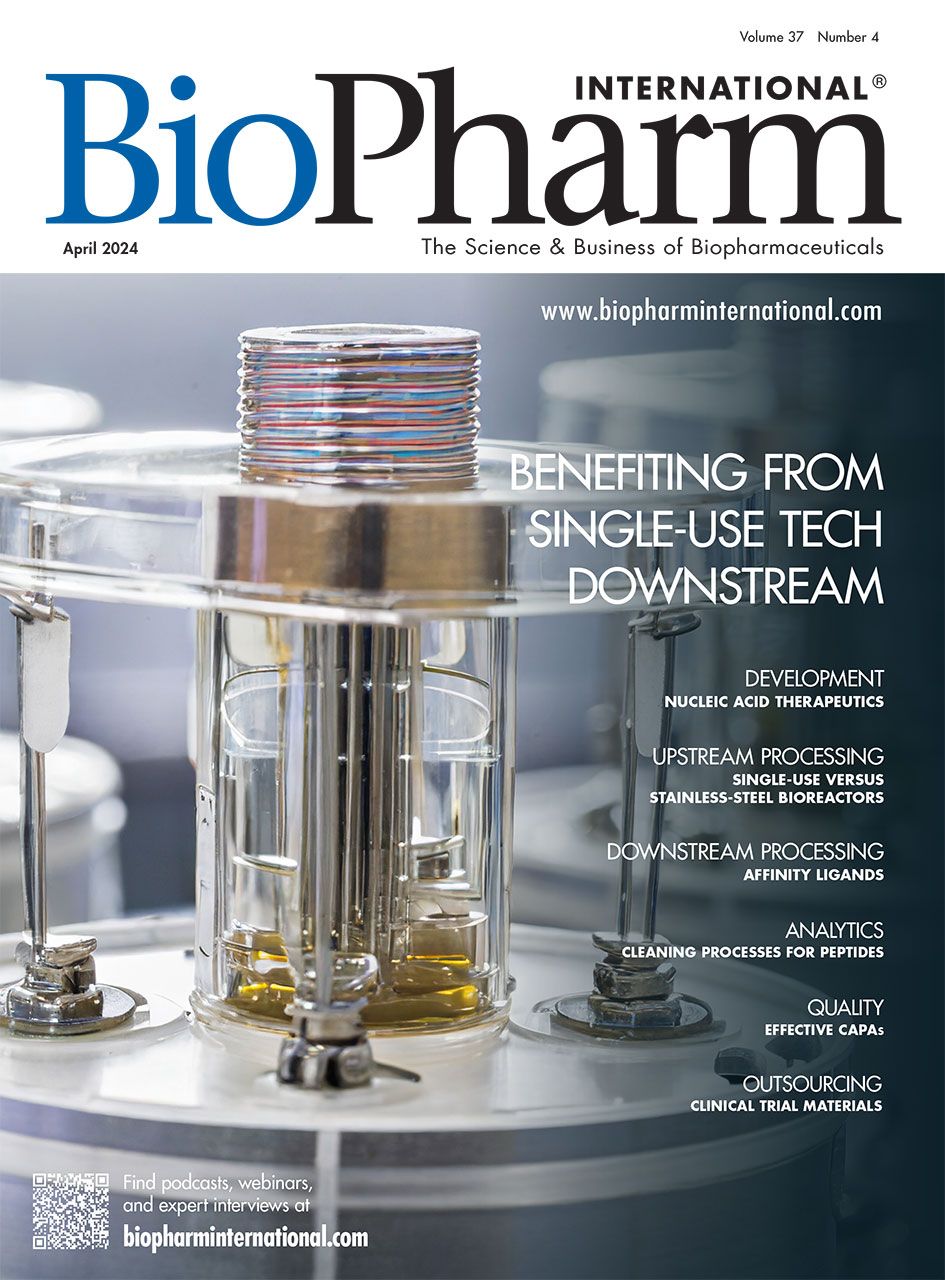May I Present the Neoantigen
Experts believe it is likely cancer cells are more common in the body than previously thought, but typically caught early and removed in the body’s cancer-immune cycle. When the system is in good working order (and protecting us), dead cancer cells release neoantigens.
High Angle Shot of a Working Desk of an Successful Person in Office with Cityscape Window View. | Image credit: © Gorodenkoff - stock.adobe.com

Experts believe it is likely cancer cells are more common in the body than previously thought, but typically caught early and removed in the body’s cancer-immune cycle. When the system is in good working order (and protecting us), dead cancer cells release neoantigens, which are acquired by dendritic cells and moved to a nearby draining lymph node for disposal. Dendritic cells then present this antigen to T cells, which become effector T cells, and after a few more steps, “move through the blood toward the tumor tissue. These T cells then infiltrate into the tumor and recognize and bind the MHC-I–antigen complex presented by cancer cells through the T cell receptor. Through these processes, cancer cells are finally killed. …When cancer cells die and additional neoantigens are released, the immune reaction continues the cycle again from the first step. [However], in cancer patients, at least one of these steps is defective, and the cancer-immune cycle does not work properly” (1).
The obvious utility in identifying tumor neoantigens is consolidating in weight and importance, leading to coordinated leapfrog advances in pharmaceutical sciences. But each patient has their own personal biology, creating their own personal tumor microenvironment (e.g., there are more than 24,000 distinct human leukocyte antigens) (2). A paper describing a powerful new identification platform was briefly discussed in an interview with Pharmaceutical Technology® (3), where study author, Stephen Schoenberger, told PharmTech’s editor “we let the patient’s immune system tell us which mutations can be confirmed as neoantigens and then have asked whether there are bioinformatically quantifiable features of these mutations apparent in genomic sequence data. Our goal in doing so is a computational prioritization algorithm of sufficient predictive power as to obviate the need for in vitro functional validation step, as this would be difficult to scale for the number of patients that our findings suggest could benefit from personalized immunotherapy” (3).
References
- Kim, S.; Cho, S. The Evasion Mechanisms of Cancer Immunity and Drug Intervention in the Tumor Microenvironment. Front. Pharmacol. 2022 May 24:13:868695. DOI: 10.3389/fphar.2022.868695. eCollection 2022.
- Fu, L.; Huang, C.; Huang. Z. Neoantigens: Promising Targets for Cancer Therapy. Signal Transduction and Targeted Therapy. 2023 8 article 9. Nature.com, https://www.nature.com/articles/s41392-022-01270-x
- Spivey, C. Research into Cold Cancers Heating Up. PharmTech.com, March 4, 2024.
About the Author
Mike Hennessy Jr. is the President and CEO of MJH Life Sciences®.
Article details
BioPharm International®
Vol. 37, No. 4
April 2024
Page: 6
Citation
When referring to this article, please cite it as Hennessy, M. May I Present the Neoantigen. BioPharm International® 2024 37 (4).

MHRA Approves GSK Therapy Combinations for Multiple Myeloma
April 21st 2025Belantamab mafodotin is approved in combination with bortezomib plus dexamethasone in patients who have had at least one prior therapy, and in combination with pomalidomide plus dexamethasone for those who have had a prior therapy including lenalidomide.
Thermo Fisher Opens Advanced Therapies Collaboration Center in California
April 18th 2025The 6000-square-foot facility will provide cell therapy developers the support they need to transition to CGMP manufacturing, and an expanded footprint of the new center is expected to open in Philadelphia later in 2025.
Teva and Samsung Bioepis Launch Biosimilar Eculizumab in US Market
April 17th 2025Eculizumab-aagh (EPYSQLI) is now available in the US to treat patients living with difficult-to-treat rare diseases such as paroxysmal nocturnal hemoglobinuria, atypical hemolytic uremic syndrome, and generalized myasthenia gravis.